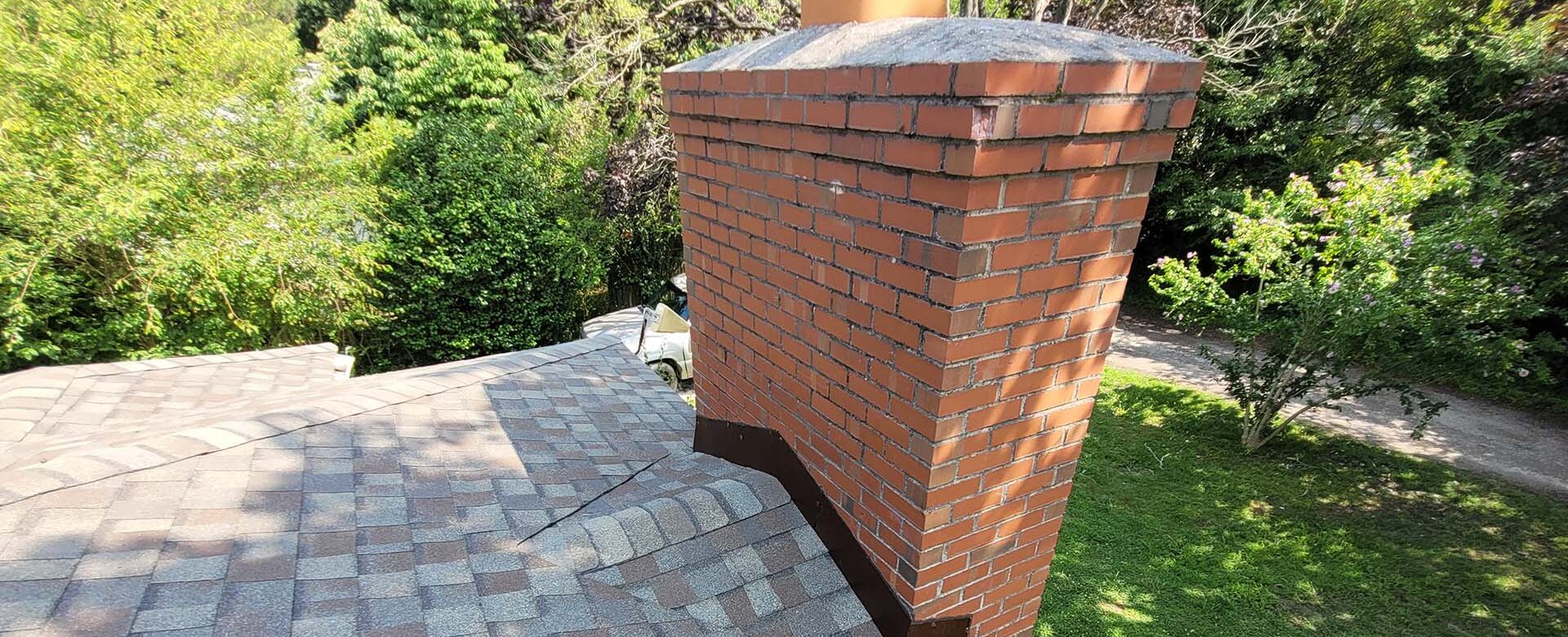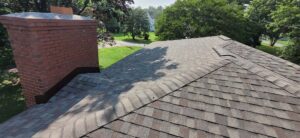Your roof is one of the most critical components of your home, protecting it from the elements day in and day out.
Regular maintenance can extend its lifespan and prevent costly repairs down the road. For serious roof repairs, a professional roofing contractor should be called in, as the work requires expertise and can be dangerous for a weekend DIYer. However, there are some essential roof maintenance tips that homeowners can do safely on their own to prevent damage and decay.
Make Inspections a Habit
Create a regular monthly or seasonal habit of visually inspecting your roof. You can time it with Easter, July 4th, Halloween and Christmas to make it easy to remember. Look for signs of damage such as missing or damaged shingles, cracked caulking, or rust spots on metal roofs. While we do not recommend tackling those repairs yourself, the earlier you identify them and get a professional involved, the less damage (and cost) you will incur.
Clean Gutters and Downspouts
Clogged gutters and downspouts can lead to water damage and roof leaks. Clear them of debris like leaves and branches to ensure proper drainage. This is especially important as fall winds down and again in the spring before summer storms begin. If you feel comfortable, you can use a ladder and gloves to remove the buildup manually, but always have someone nearby to steady the ladder and assist as needed. You may also want to invest in gutter guards for easier maintenance.
Trim Overhanging Branches
Overhanging branches from nearby trees on your property can scratch and damage your roof during windy conditions. Trim back any branches that come into contact with your roof to prevent this from happening. It will also reduce the risk of fallen branches causing severe damage during storms. If the branches or trees are very large, you don’t have the required tools or simply don’t feel comfortable tackling this yourself, call in a professional tree service, who can take care of it quickly and safely.
Check for Signs of Water Damage
Water stains on your ceiling or walls are clear indicators of a roof leak. If you notice any signs of water damage inside your home, inspect your roof immediately to identify the source of the leak. This can be done safely by inspecting your roof from your attic. Look for damp spots and moisture on the underside of the roof deck and even eroded insulation. Addressing leaks promptly can prevent mold growth and structural damage.
Repair Flashing
Flashing is the thin metal strips installed around roof penetrations such as chimneys, vents, and skylights to prevent water infiltration. Inspect the flashing for signs of damage or deterioration and repair or replace it as needed. Properly sealed flashing is essential for maintaining a watertight roof, and flashing damage is often the cause of a leak, rather than the roofing materials.
Andrews Roofing Can Help
Regular roof maintenance is essential for preserving the integrity of your home and avoiding costly repairs. By following these DIY roof maintenance tips, you can prolong the lifespan of your roof and ensure it continues to protect your home for years to come. Remember, safety should always be your top priority when working on your roof, so always take the necessary precautions and if a task ever feels like more than you can handle, contact Andrews Roofing. We handle all sizes of roof repairs as well as replacements. Our estimators can come out to your house and discuss the best approach to prolonging the life of your home’s roof.



